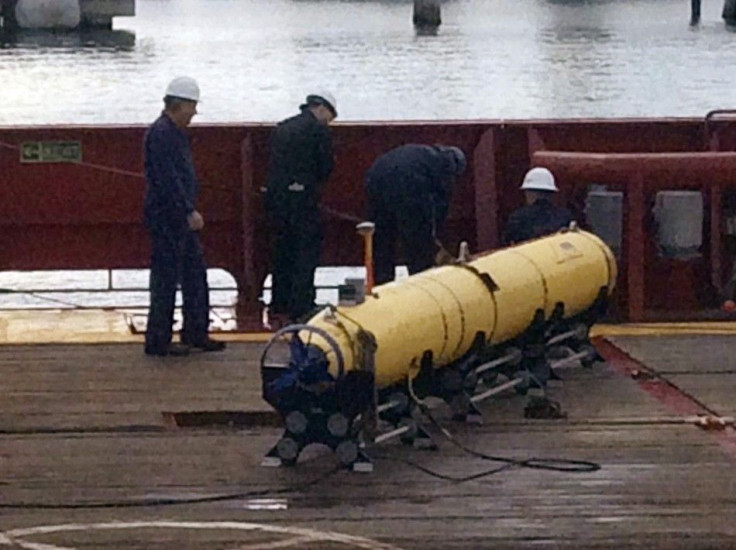Australia planning $70 billion boost in sea defence

Australia’s new defence planning blueprint seeks to fortify seas defences with highest priority to Navy in the matter of defence spending. An upcoming White Paper on defence, reportedly advocates allocating more than AU$70 billion to Navy for creating the most powerful naval force in Australia’s history.
Among the new assets that will adorn the resource-rich Navy will be eight new submarines and 12 new warships. As the new priorities focus on higher outlay for Navy, other wings of the armed forces will see some cutback in their spending. The Defence planning document is expected to be released in October.
According to a report by the Weekend Australian, the draft envisions the strongest naval force yet seen in the country with components such as eight new 4000-tonne submarines, nine new large frigates, three Air Warfare Destroyers and 10 new larger offshore patrol vessels and four multi-role Offshore Patrol Vessels that will join later.
China factor
The rationale for boosting maritime power emanates from concerns about the pace and scale of China’s growing naval capabilities, even though the document may not concede it openly. Though the White Paper does not single out China as a potential threat, the navy-first strategy amply reflects the concerns in the defence establishment about Beijing’s double-digit defence spending.
Drones and submarines
The plan to acquire giant unmanned Triton drones for the first time to patrol 100,000sq km of ocean highlights Australia’s new maritime approaches. Similarly, the investment going into the submarine fleet for AU$20 billion, with another AU$40 billion for its sustainment is significant. The government is expected to award the submarine contract in early 2016, for which companies from Germany, France and Japan are already in a race.
However, the big money going to the Navy for the next 20 years will constrict Army’s budget for the planned purchase of armoured fighting vehicle fleet. There may be a minimum of AU$10 billion cut on the Army’s 253 Australian Light Armoured Vehicles replacement which had been in service in Afghanistan, Iraq and East Timor, with a strength of 225 combat reconnaissance vehicles.
Former Army chief Lieutenant General David Morrison warned against cuts to Land 400 in the name of boosting naval and air force projects.
“Army too needs to have proper and appropriate funding for Land 400 because, if we don’t have that, you’re going to have soldiers operating in theatres in the future where they simply don’t have the protection, the mobility and the firepower that they will need,” Morrison said.
The White paper also seeks a good deal for Royal Australian Air Force with new support in terms of 72 new F-35 Joint Strike Fighters and 28 additional fighters that will come in the next decade.
US cooperation
One key highlight of the defence document is the thrust on defence co-operation with the U.S. It also implies more U.S marines rotations through Darwin and increased access to northern Australia for the U.S. Air Force.
“Through this white paper, the government seeks to broaden and deepen our Alliance with the United States, recognising that the U.S Alliance will remain fundamental to our security and defence planning and the highest priority for our international cooperation,” Defence minister Kevin Andrews said while addressing the American Chamber of Commerce in August.
The Defence minister also hailed the role of Australia-U.S. Defence Trade Cooperation Treaty of 2013 that is offering better access to U.S. defence technology. The pact has so far helped more than 50 Australian companies to get approval for operating in the defence sector.
For feedback/comments, contact the writer at feedback@ibtimes.com.au or let us know what you think below.





















